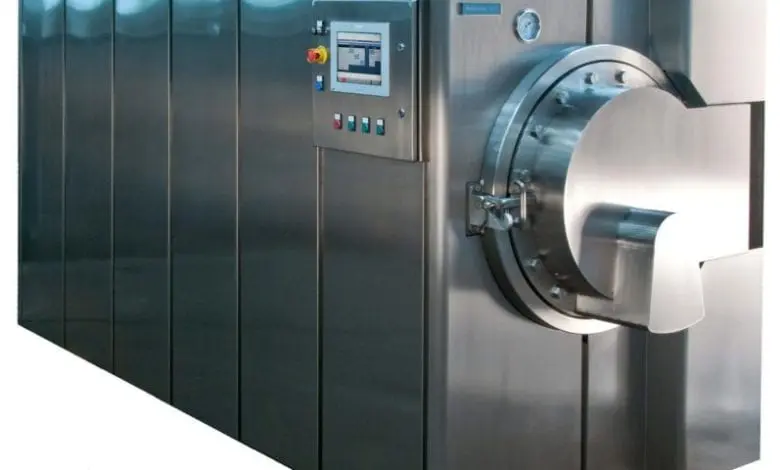Resomation: the flame-free cremation that could be coming to the UK

Resomation was developed by expert biochemist Sandy Sullivan who had an ambition to offer the public an environmentally friendly end of life alternative to burial and flame cremation. The method he developed was a flame-free cremation, which uses water to break down the body after death.

